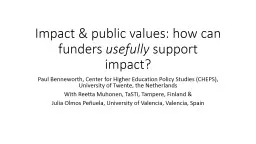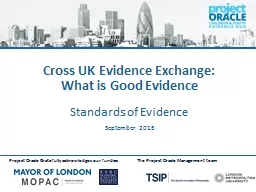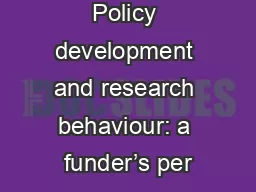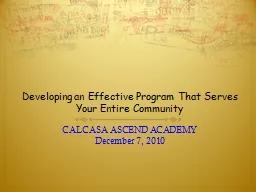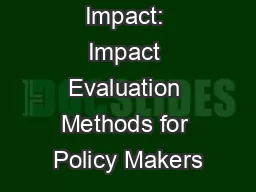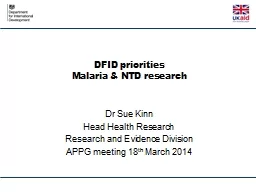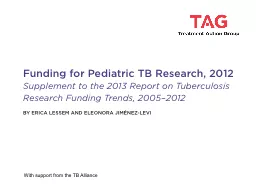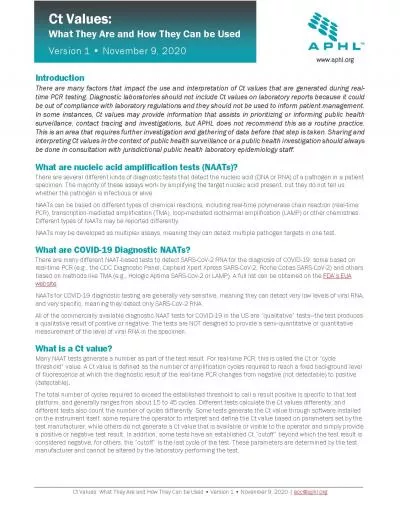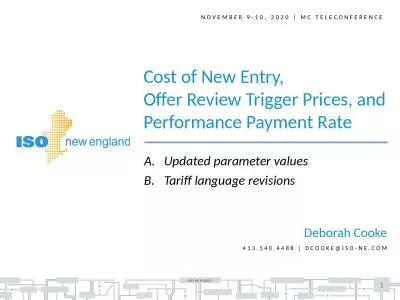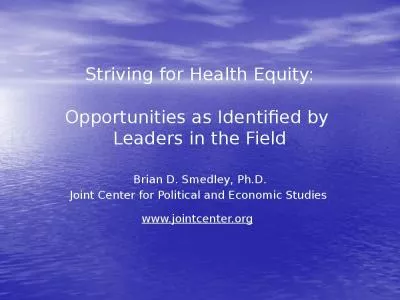PPT-Impact & public values: how can funders
Author : faustina-dinatale | Published Date : 2017-11-10
usefully support impact Paul Benneworth Center for Higher Education Policy Studies CHEPS University of Twente the Netherlands With Reetta Muhonen TaSTI Tampere
Presentation Embed Code
Download Presentation
Download Presentation The PPT/PDF document "Impact & public values: how can fund..." is the property of its rightful owner. Permission is granted to download and print the materials on this website for personal, non-commercial use only, and to display it on your personal computer provided you do not modify the materials and that you retain all copyright notices contained in the materials. By downloading content from our website, you accept the terms of this agreement.
Impact & public values: how can funders: Transcript
Download Rules Of Document
"Impact & public values: how can funders"The content belongs to its owner. You may download and print it for personal use, without modification, and keep all copyright notices. By downloading, you agree to these terms.
Related Documents

